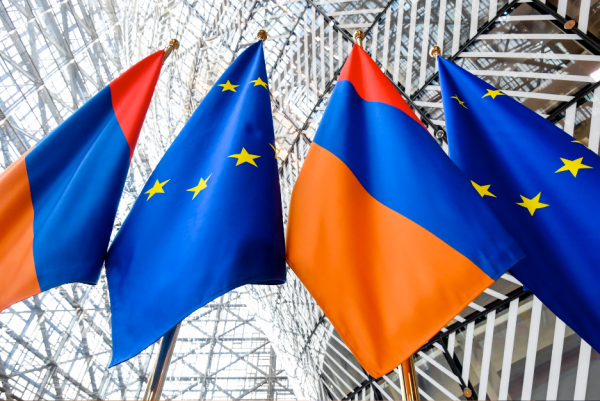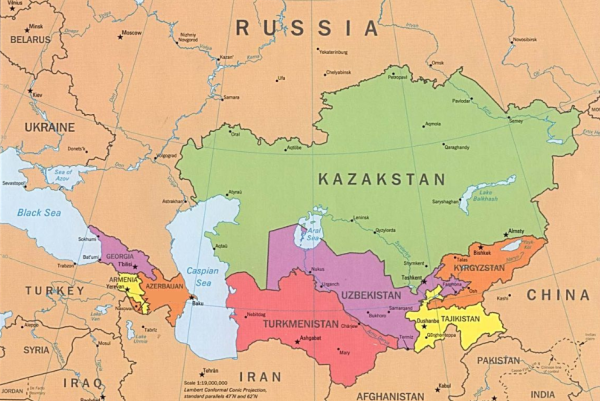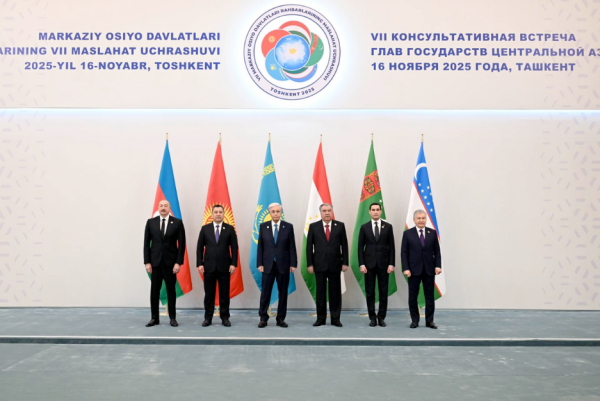Azerbaijan joins the C5: implications for Eurasian regional architecture

When the long-standing C5 format of Central Asian cooperation formally expanded into a C6 on 15 November in Tashkent, Azerbaijan’s accession was framed as a natural extension of historical and linguistic affinities. Yet behind the rhetoric lies a structural transformation in Azerbaijan’s external orientation, and, arguably, in the conceptual geography of Eurasia itself. Understanding why this moment matters requires situating it within three interlocking developments: Azerbaijan’s post-2020 rediscovery of agency; the accelerating crisis of the neoliberal Western institutional order; and the parallel erosion of Russia’s and Iran’s regional centrality. Together, these shifts have created a geopolitical space in which Baku now seeks to graduate from a “small power” boxed into a Soviet-inherited regional frame to a “middle power” embedded in a wider Eurasian constellation.
It is within this reconfigured landscape that Azerbaijan’s pivot toward the C6 should be read. The South Caucasus, as a geopolitical unit, no longer offers sufficient space for the scale of ambition Baku now entertains. Relations with Georgia remain structurally predictable. With Armenia, the parameters of the rivalry are increasingly settled, even if normalization is not complete yet. In turn, Central Asian framework for Baku was seen as something the South Caucasus never could be: a regional identity congruent with its cultural, linguistic, and historical foundations, and a political home unencumbered by the fragile equilibrium of Armenian-Azerbaijani tensions or Russian tutelage. By entering the Central Asian grouping, Azerbaijan is in effect challenging inherited geopolitical categories that date back to Soviet administrative logic and, more broadly, to imperial worldviews.
With the outcome of the 2020 war, Baku’s sense of agency was hugely reshaped. For much of the post-Soviet period, Baku imagined its long-term trajectory in European terms, even as there has never been a clear political goal of Eurointegration and the relations with Western institutions oscillated. Even in moments of tension with the United States or the European Union, Baku tended to frame its critiques around Western “double standards”. For years, Azerbaijan engaged Western platforms and mediators with the expectation that international diplomacy would eventually compel progress on the conflict. The war rendered that dependency outdated. Baku emerged with fewer incentives to defer to Western-led negotiations or norms. From 2021 onward, Baku gradually started to rethink its geopolitical alignments.
The C6 framework also responds to the rise of connectivity and provides a platform to institutionalize and govern the Middle Corridor as a central axis of Eurasian politics. For much of the last decade, the corridor's development lagged due to insufficient regional coordination. The C6 seeks to correct this by establishing common priorities. The C6 thus may become the political engine behind the alternatives to Russia that enable Central Asian and Caucasian states to negotiate with China, Europe, and multinational investors from a position of collective strength.
A final factor behind Azerbaijan’s embrace of the C6 is the crisis of the Western-led neoliberal order. Over the past decade, internal fragmentation within the European Union and the diminishing credibility of Western normative power have created a vacuum in Eurasian diplomacy. Countries like Azerbaijan that once viewed the West as a source of political legitimacy now see fewer incentives to align closely with Western preferences. In this environment, Baku is opting for regional platforms like C5, which do not require alignment with any single great power. Still, Azerbaijan’s engagement with the West will continue where interests align, particularly in energy exports.
Azerbaijan’s entry into the C6 is the outcome of the evolution that has been underway since the 2020 war. If the C6 develops the institutional coherence its members envision, Azerbaijan may one day look back on 2025 as the moment it secured a new geopolitical home. But is it the end for the South Caucasus?
The notion that Azerbaijan joining a Central Asian format means “the end of the South Caucasus” is only partially true. It depends on what we mean by “the South Caucasus”. Azerbaijan is increasingly aligning its strategic identity with Central Asia. This does not mean abandoning Caucasus geopolitics, but rather expanding its areas of engagement. Rather than seeing itself predominantly in the geographically limited and historically divided South Caucasus, Baku now projects itself as a geo-economic linchpin for a wider Eurasian region. By embedding itself in Central Asia’s consultative framework, Azerbaijan gains a multilateral security and political anchor that is less Russia-centric than past South Caucasus alignments. Thus, this does not dissolve the South Caucasus but rather pulls Baku, and by extension one corner of the Caucasus, into a broader Eurasian framework.
However, the C6 remains institutionally thin. It lacks a permanent secretariat, a budget, or enforcement mechanisms. Whether it will mature into a meaningful regional architecture depends on the depth of institutionalization its members are willing to pursue. Yet even in its embryonic state, Azerbaijan’s accession means that the South Caucasus is no longer sufficient to contain Azerbaijan’s ambitions, and the conceptual cartography inherited from Soviet administrative logic is losing its power.







